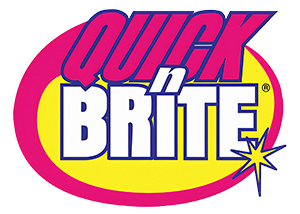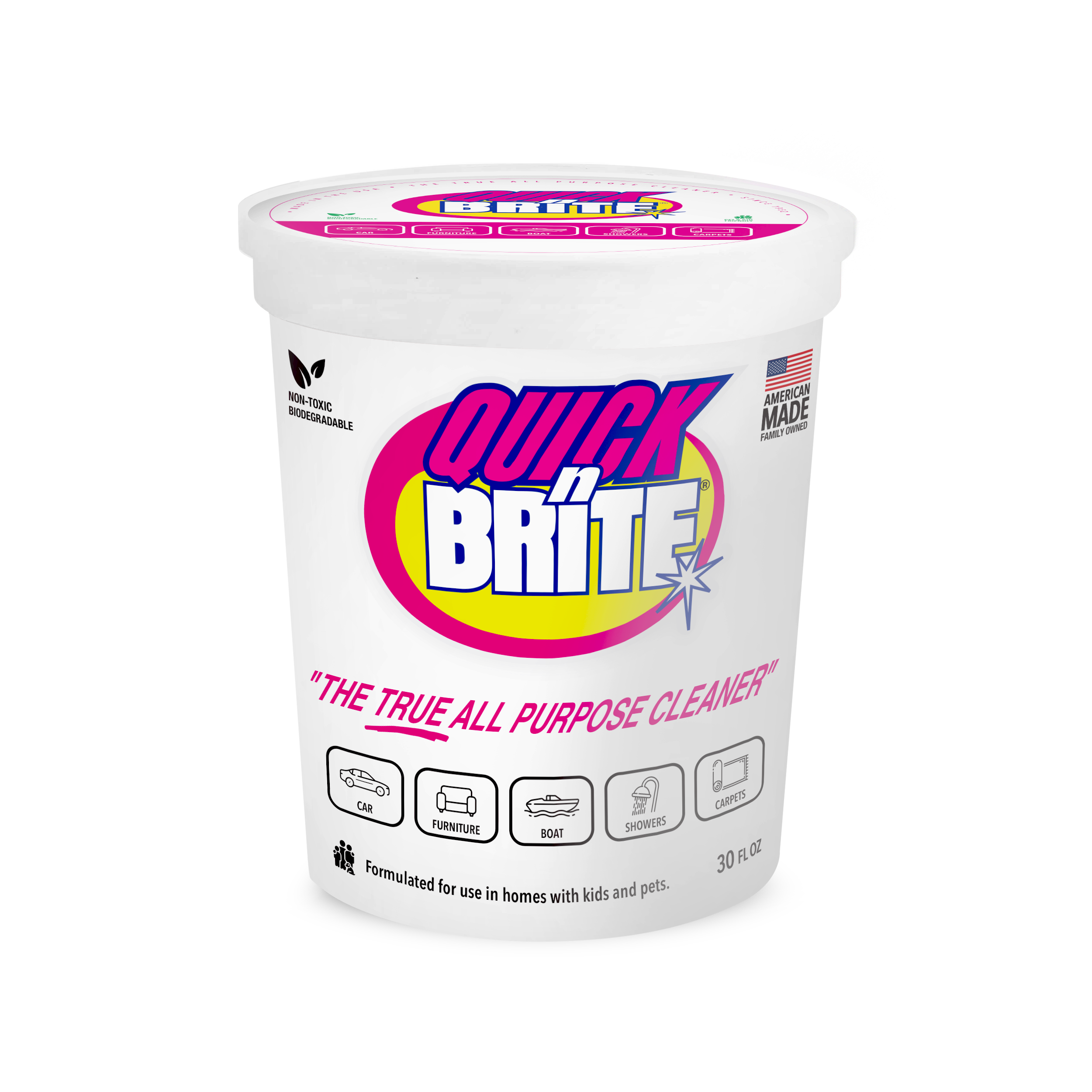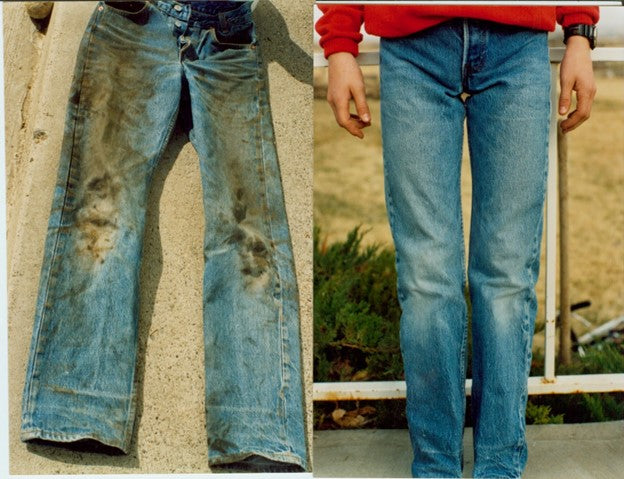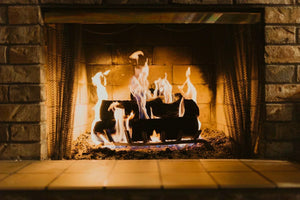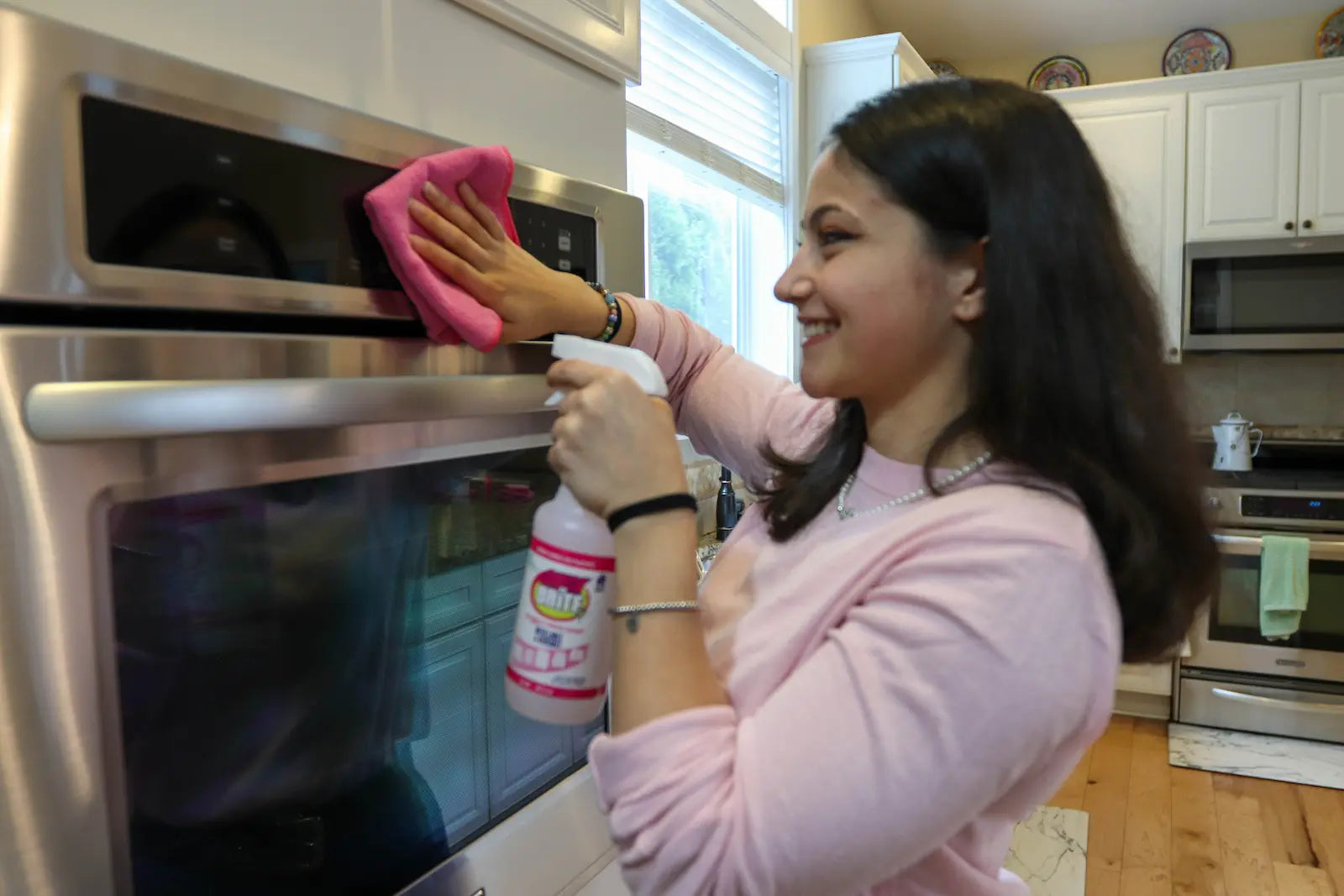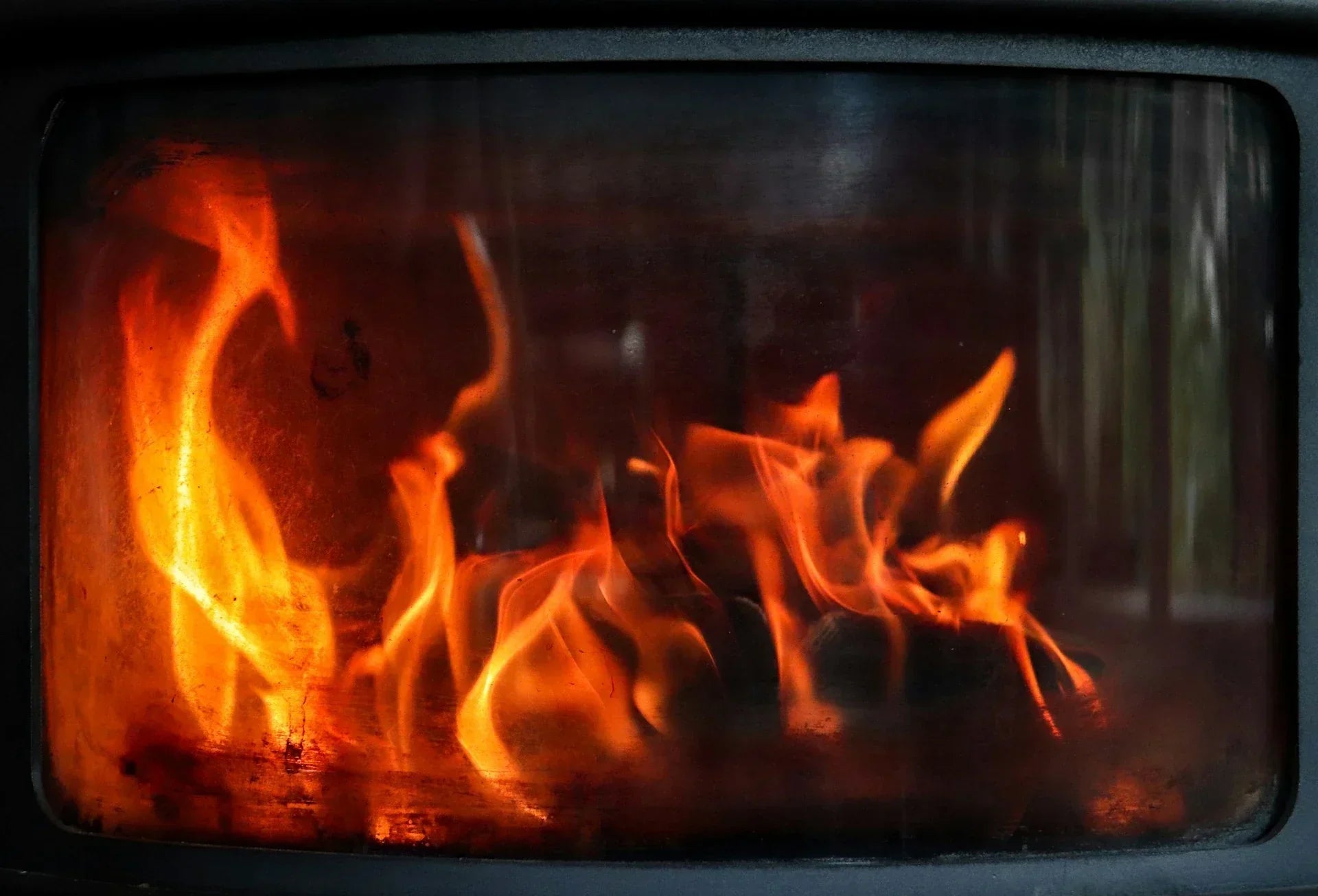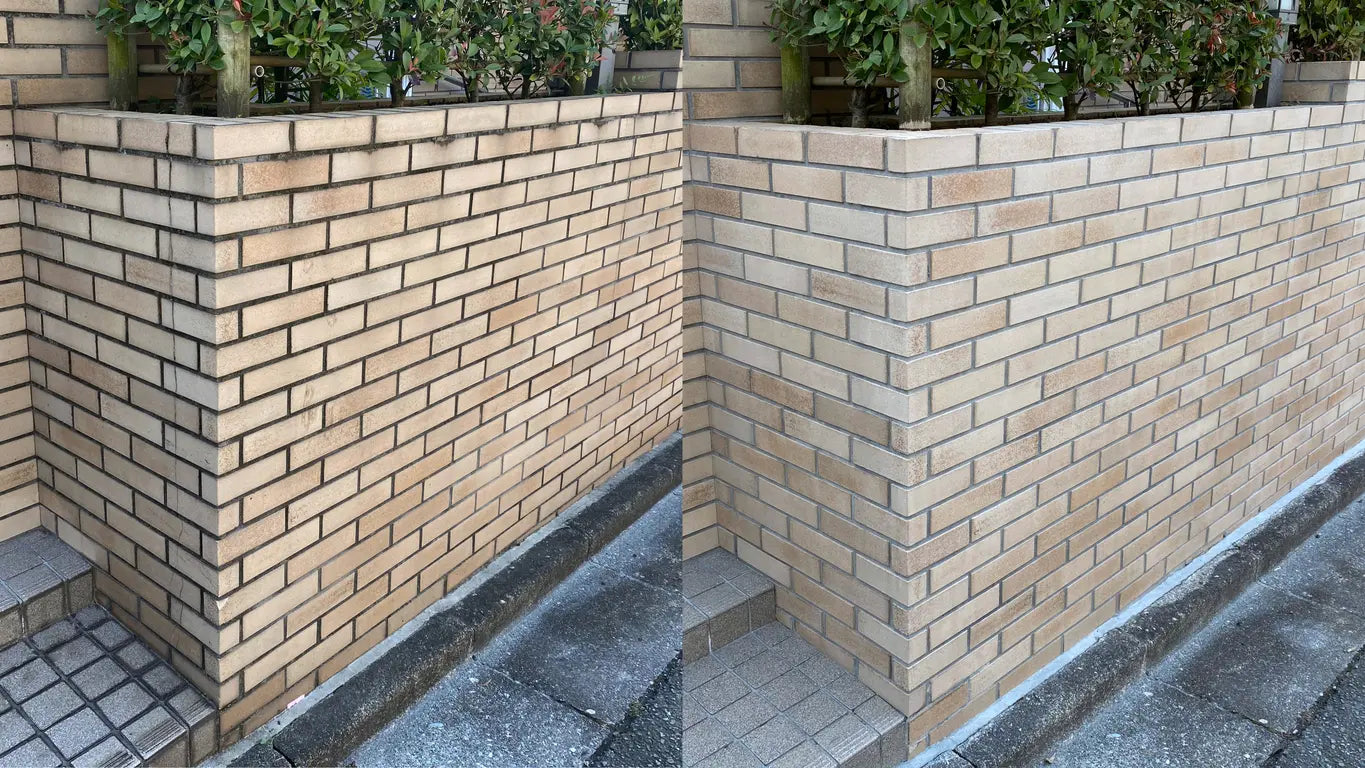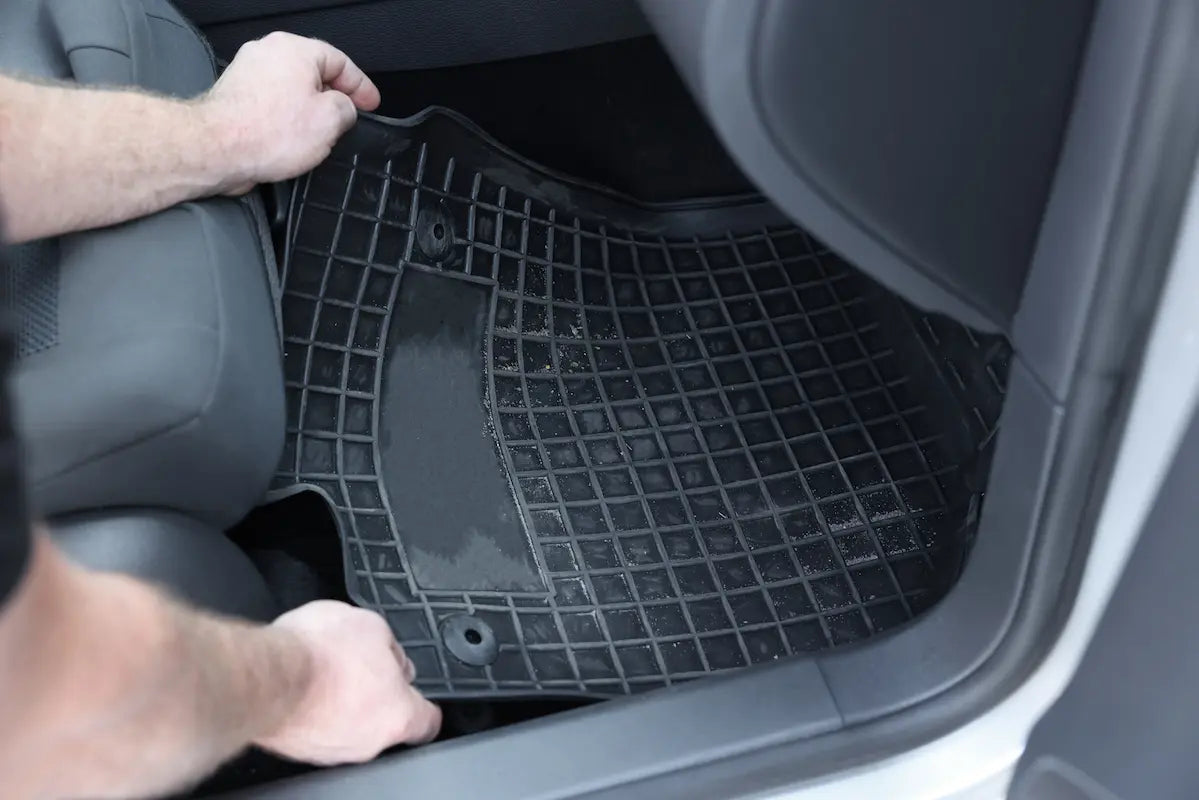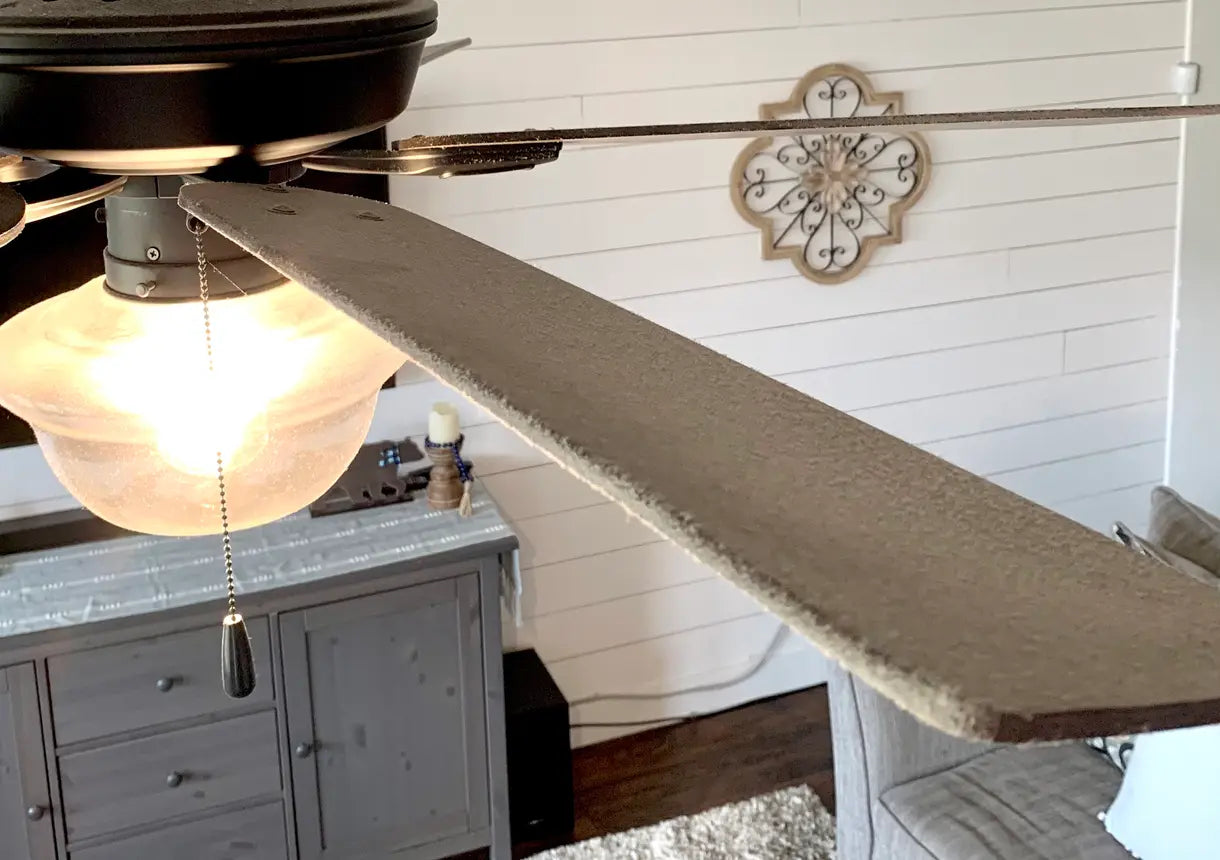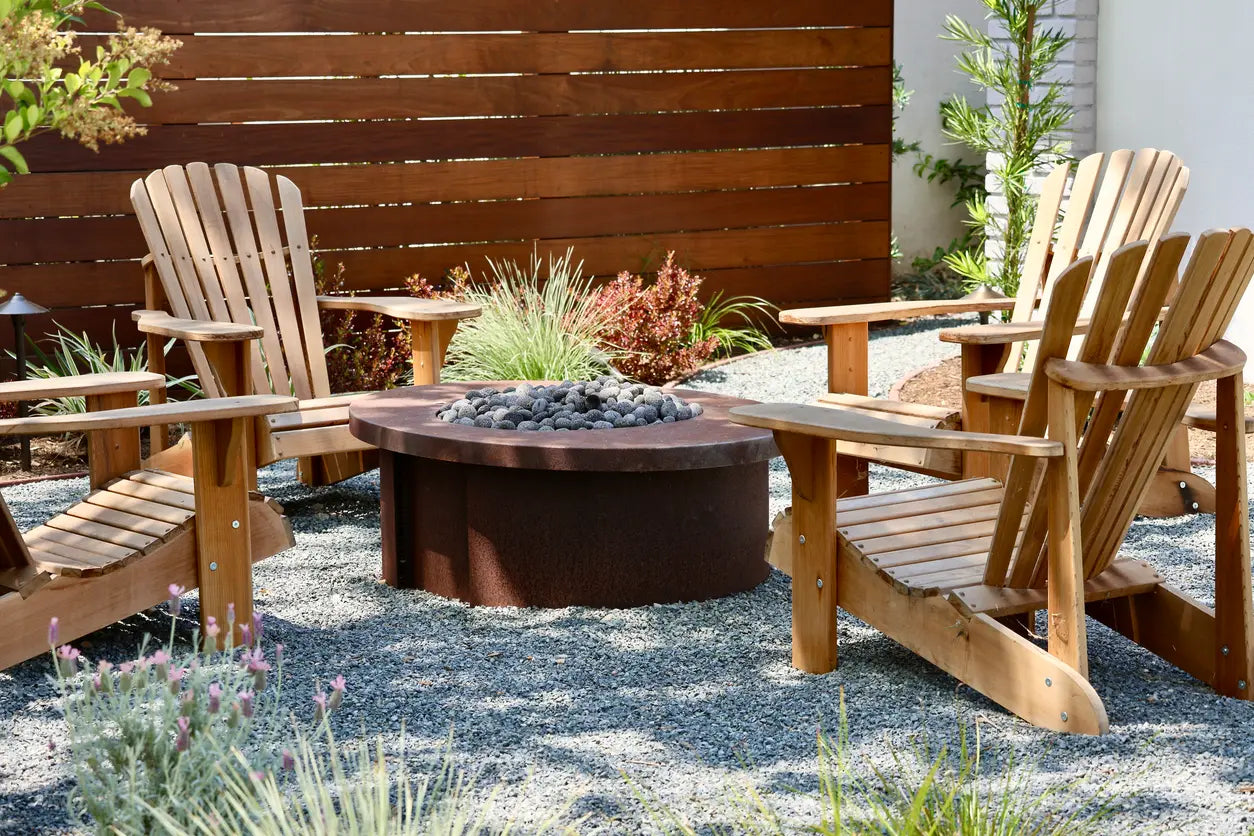If you have ever used Quick’n Brite then you know how well it works. It will take out the toughest stains in your carpets or laundry, create streak free windows or computer screens and even clean dirty ovens and grills without any harmful fumes. Not only, no “harmful” fumes, but no fumes at all!
Quick’n Brite is a powerful cleaner, but it is also non-toxic and biodegradable, safe for both you and the environment. So, did you ever wonder, what’s the secret to this amazing cleaning product? WHY does it work so well, but is so safe to use?
Here is a little background; Quick’n Brite is a 70-year-old company, founded in 1952 by Jack Gourlie. It has always been “Made in the USA”, in Seattle, WA. The brand was passed on to Jacks son’s Larry and Allan Gourlie. They were able to greatly expand the business, selling Quick’n Brite direct to the consumer at state fairs and home shows, then later, The Home Shopping Network, thru TV ads and now on Amazon.
The business grew rapidly, selling as many as 8 million units/year. A cleaning product does not grow that big and have so many satisfied users unless it really works.
What’s in Quick ’n Brite?
The Seattle Times wrote an article on Quick’n Brite. They hired someone of the University of Oklahoma's School of Chemical, Biological and Materials Engineering, that is an expert on cleaning formulations, to look at the list of ingredients used in Quick 'n Brite and explain what they do. The reviewer did a fantastic job of thoroughly explaining the ingredients in terms everyone can understand. Their conclusion, "It's a good formulation, a state-of-the-art formulation," and also states “the ingredients used have been around for a long time”. Quick’n Brite is non-toxic, biodegradable and contains no known carcinogens or harmful chemicals.
Here is explanation of ingredients:
Biodegradable nonionic nonyl-phenoxy-polyethoxy-ethanol:
"A surfactant used in everything from toothpaste to dish-washing liquid. This surfactant has been around for over 50 years and is both harmless and biodegradable.
Surfactants help the cleaning solution wet oily surfaces, reduce the amount of force that you have to apply to detach the dirt from the surface being cleaned, and help keep the dirt suspended until it can be rinsed away. Surfactants are the main active ingredient in most cleaners, whether you're talking about laundry detergent, toothpaste, shampoo, or hand soap."
Sodium EDTA:
"This a sequestering agent. It is a water-soluble salt that makes hard water act like soft water by complexing with the water hardness ions. It's kind of like having a built-in water softener in the product. Very safe material that is found in products like cosmetics and soft drinks and is even used in foods as a preservative. This makes the surfactants work better."
Sodium tripolyphosphate:
"Same function as the sodium EDTA but having both is generally synergistic. Again, a very safe compound used with products like seafood to prevent them from drying during storage and shipping. But again, the main purpose is to make the surfactants work better."
Water:
"No comment necessary"
Pure natural coconut oil surfactant:
"A surfactant like sodium lauryl sulfate, which is made from coconut alcohol. Very common in toothpaste, laxatives, pharmaceutical formulations, cosmetics, hand, and body soaps, etc. This is one of the oldest surfactants known and is accepted as safe.This type of surfactant is also a salt and is classified as an anionic surfactant. The first surfactant listed, the nonionic nonyl-phenoxy-polyethoxy-ethanol, is classified as a nonionic surfactant. We generally find that mixtures of anionic and nonionic surfactants, such as you have here, give better cleaning results. They also allow the same cleaning system to work in over a wider range of cleaning temperatures, from cold water to hot water."
Natural kelp alginate:
"A natural biopolymer that is used as a thickener. If you've ever had a milkshake from a fast-food restaurant, you've probably had some of this. It also helps keep small particles from being redeposited on a surface. It would be classified as an anti-redeposition agent. Bottom line is that it keeps the surface from becoming recontaminated from the wash solution!"
Dye:
"Primarily just for aesthetic purposes, but actually helpful in giving you visual clues about how much dilution has occurred and whether there is any of the cleaning compound left on a surface after rinsing. Provides a good visual clue for when you're done rinsing."
